Growing cover crop-based organic no-till soybeans requires a different system approach than for standard organic production. Three years of extensive research trials in Ontario have guided the development of four key best practices for growing no-till organic soybeans following a cereal rye cover crop. This tip sheet is designed to provide practical advice for Ontario growers.
Read on to learn more or click below to view a video on the project results.

- Seed cereal rye early and thick
• Drill rye by September 20 at 110-170 lb/ac for a strong, competitive stand - Have a plan B ready
• If rye is too thin, till under before jointing
• If spring conditions are dry but the rye stand is strong, cut for feed or harvest as grain - Use equipment that can plant into high residue
• Seed into standing rye before crimping with a well-maintained no-till drill or plant into rolled rye mulch with a planter modified for high residue conditions - Bump up soybean seeding rate
• Plant soybeans at 250,000-300,000 seeds/acre to close canopy and maximize yield
Organic no-till soybean timeline
Preparation for growing organic no-till soybeans begins well in advance of crop planting. Here is the typical seasonal timeline.
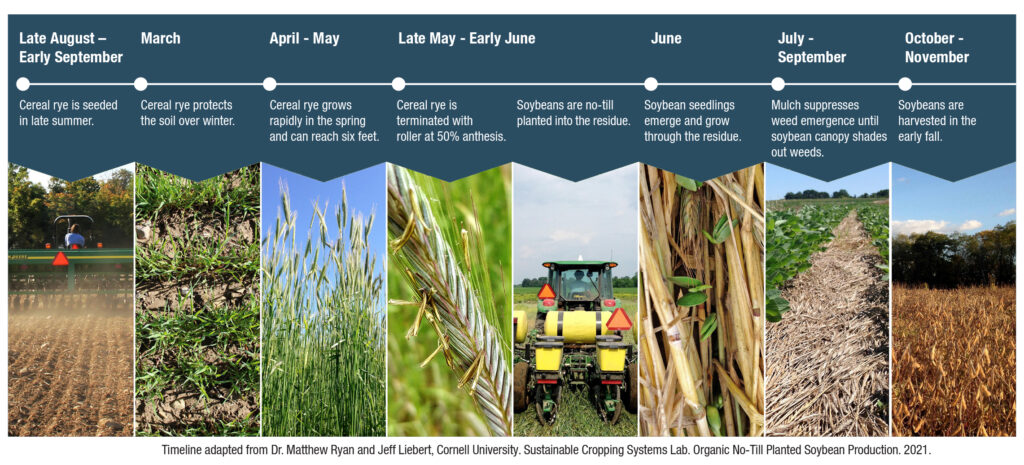
Four best practices for organic no-till soybean production in Ontario
1. Seed cereal rye early and thick
In April:
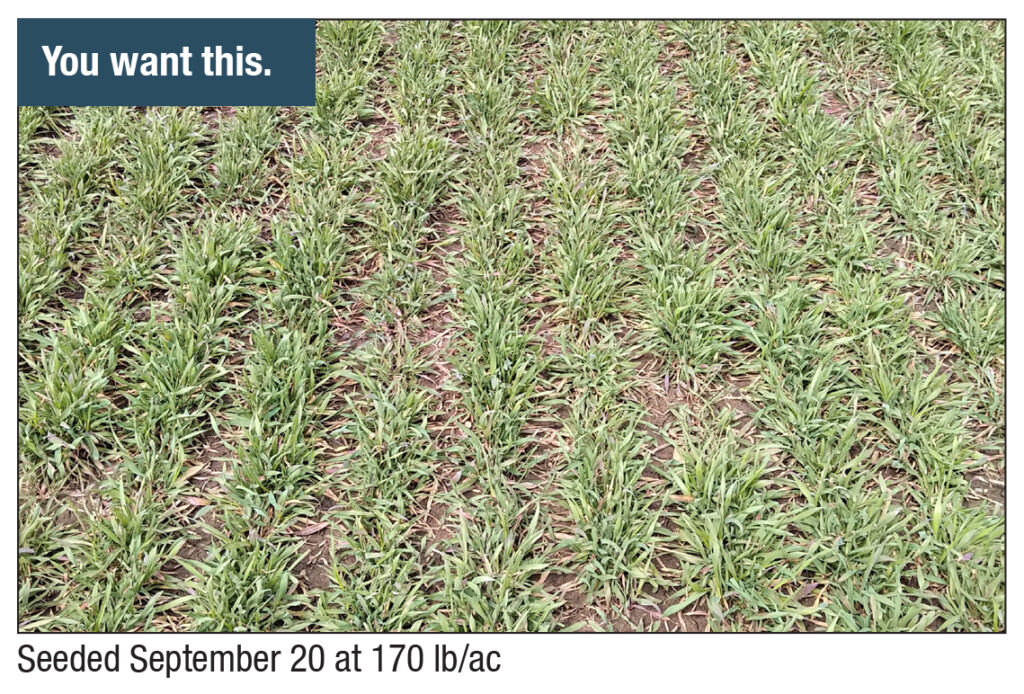
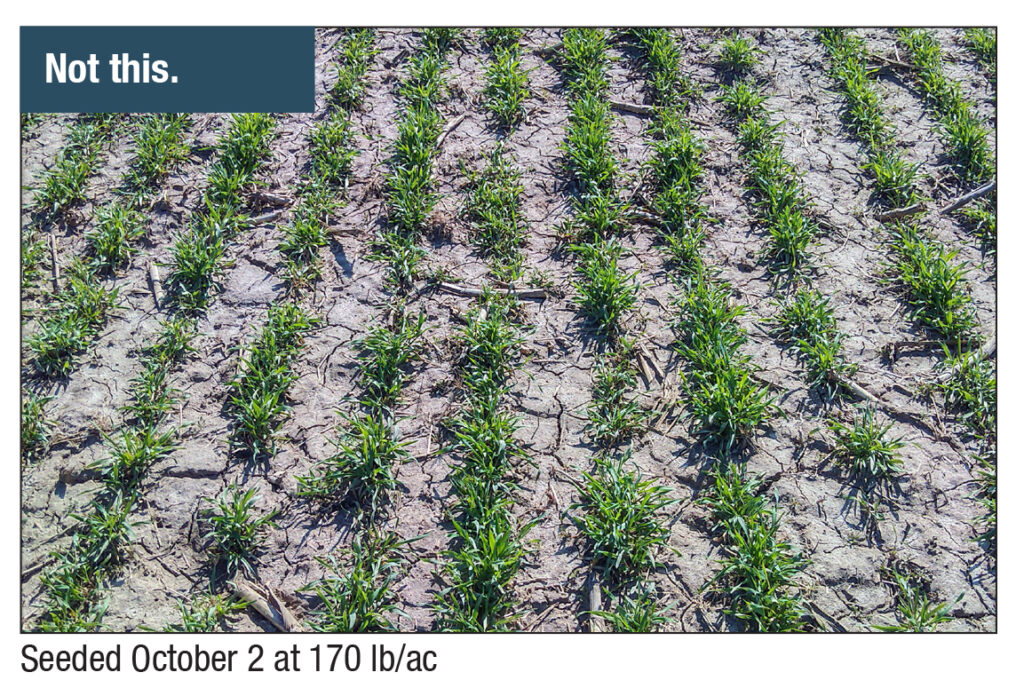
Seed by mid-September to target 6,000 lb/ac biomass.

2. Have a plan B ready

3. Use equipment that can plant into high residue
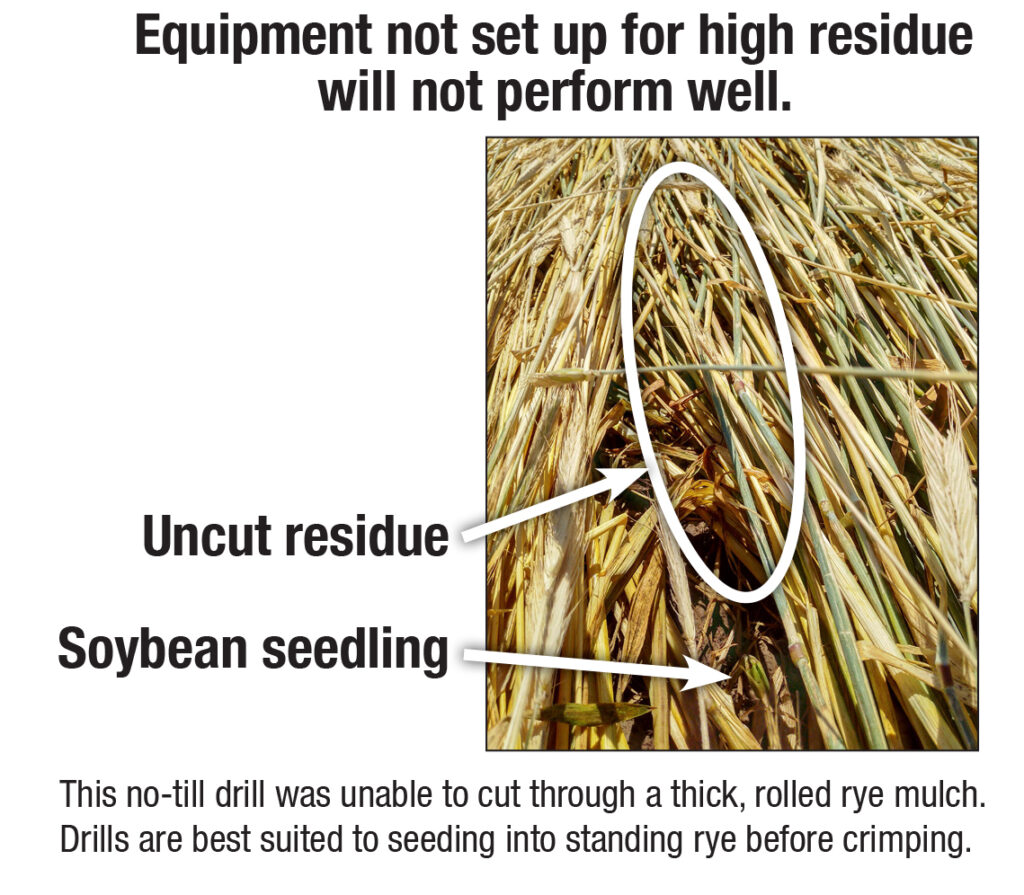
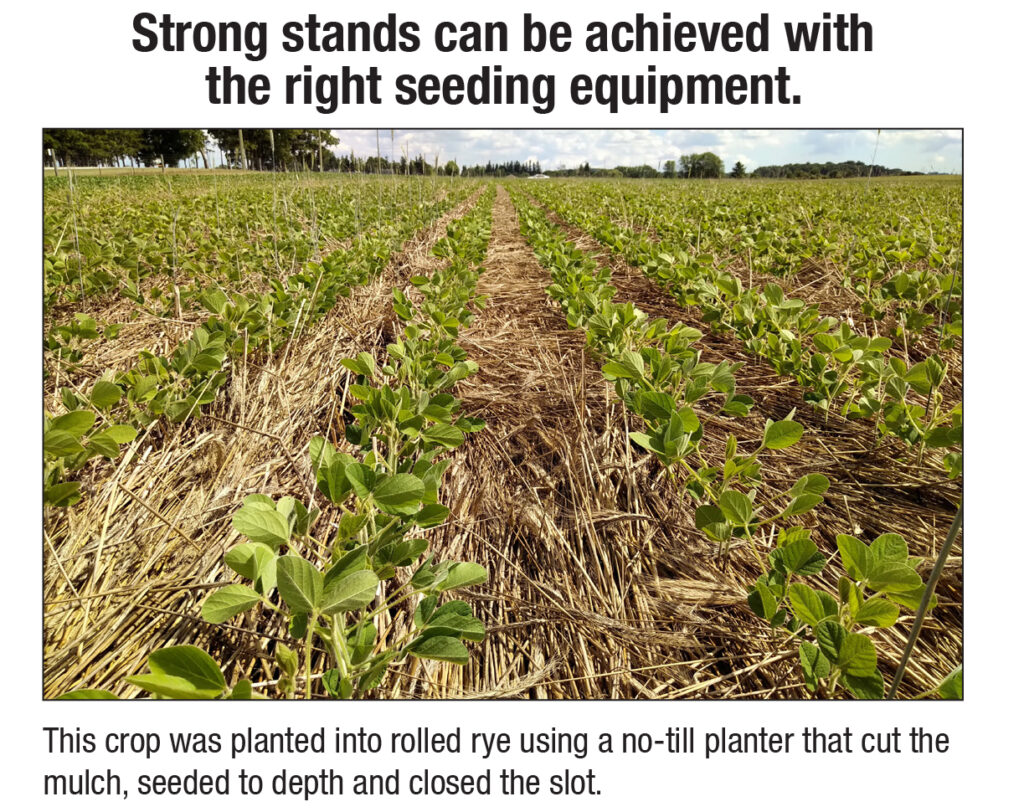
Keys to success
- Sharp disc openers cut through rye
- Sufficient down-pressure gets seed to depth
- Effective closing wheels close the seed slot

4. Bump up soybean seeding rate
A thick soybean stand helps to close the canopy more quickly and compensate for delayed early season growth. It also results in a stand that is more competitive with any weed escapes from the rye mulch.
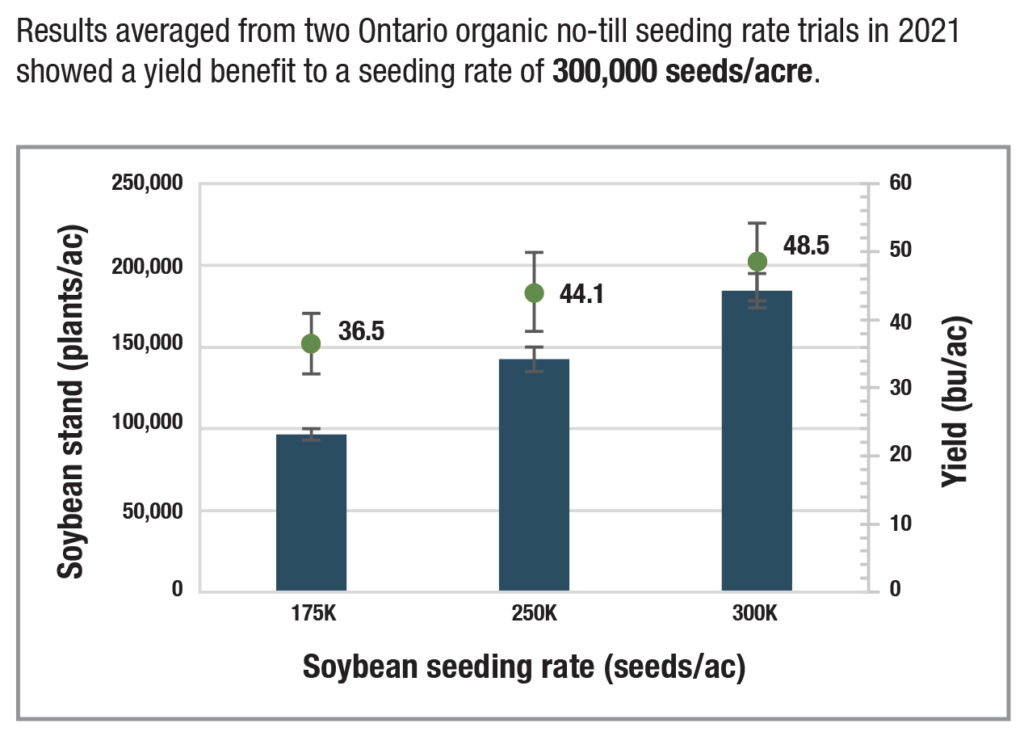
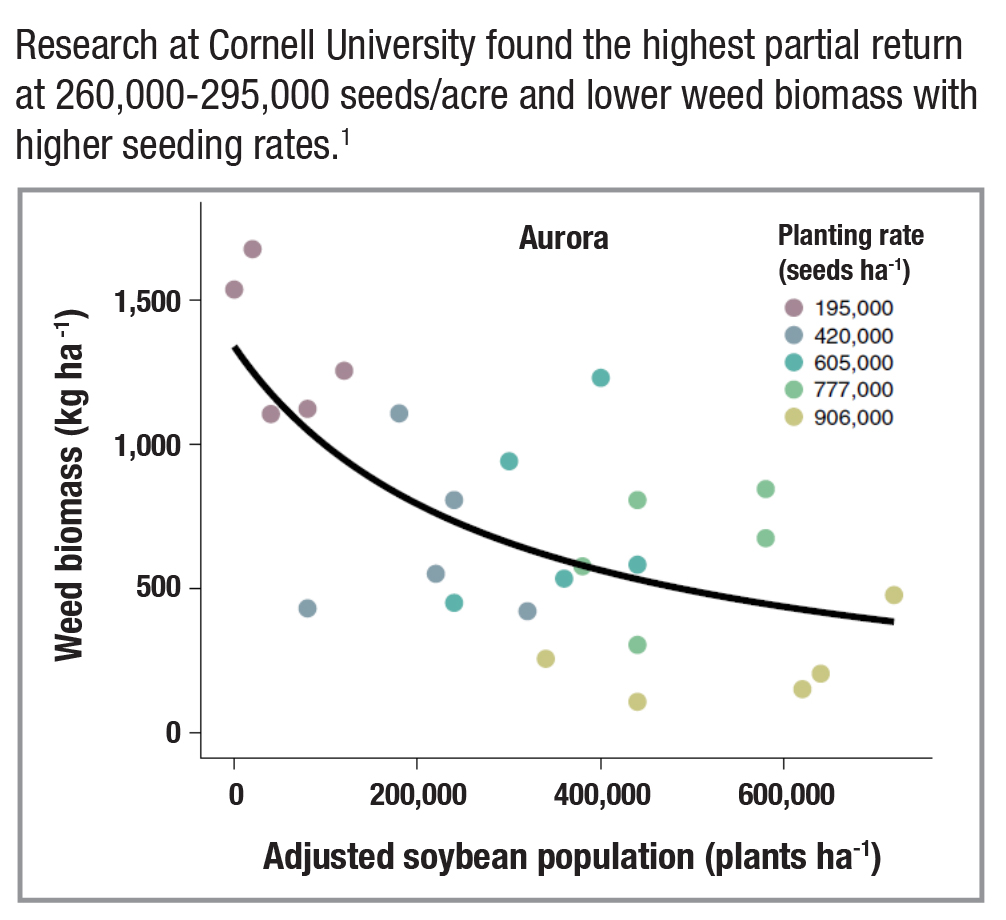
1Liebert and Ryan. 2017. High Planting Rates Improve Weed Suppression, Yield, and Profitability in Organically-Managed, No-till–Planted Soybean. Weed Technology. DOI: 10.1017/wet.2017.35
Organic no-till performance in Ontario, 2019-2021 trials
From three years of trials, we know that organic no-till soybeans must be integrated as part of a system. Adjustments in crop rotation and agronomic practices are key. We learned that experience helps growers achieve higher yields with organic no-till.
9 Replicated strip trials
- On-farm and research station sites
- Compared organic no-till vs. tillage-based organic or no-till with herbicides
- Yields averaged 32 bu/ac and were 40% lower for cover crop-based organic no-till soybeans than soybeans grown with tillage or herbicides for weed control
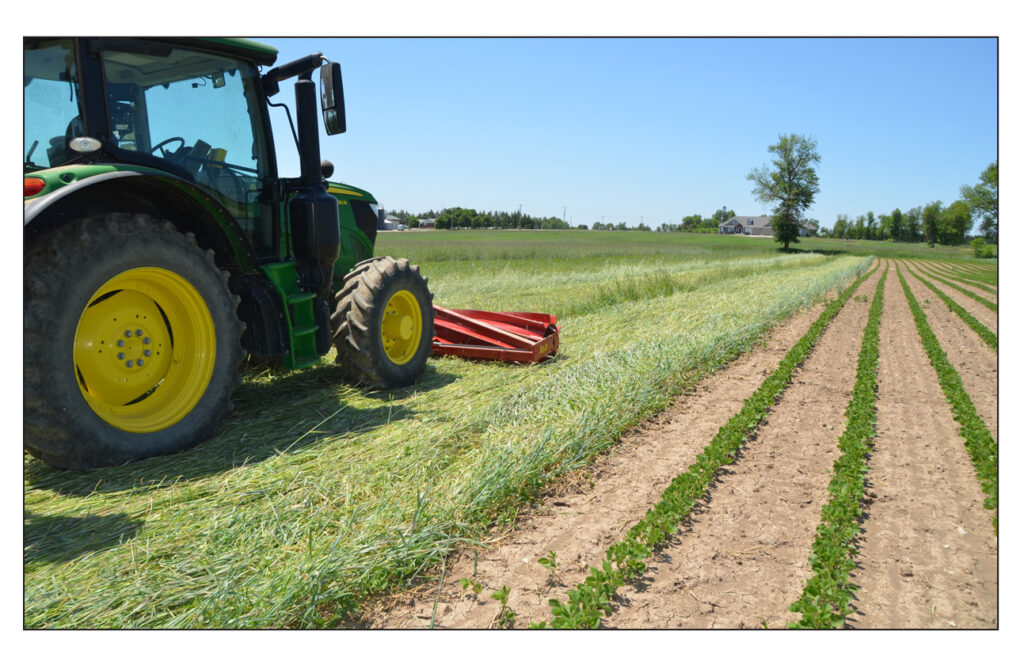
10 Observational sites
- Full or partial fields planted no-till on certified organic farms
- Monitored throughout each season
- No-till soybeans at all 10 sites over three seasons averaged 39 bu/ac
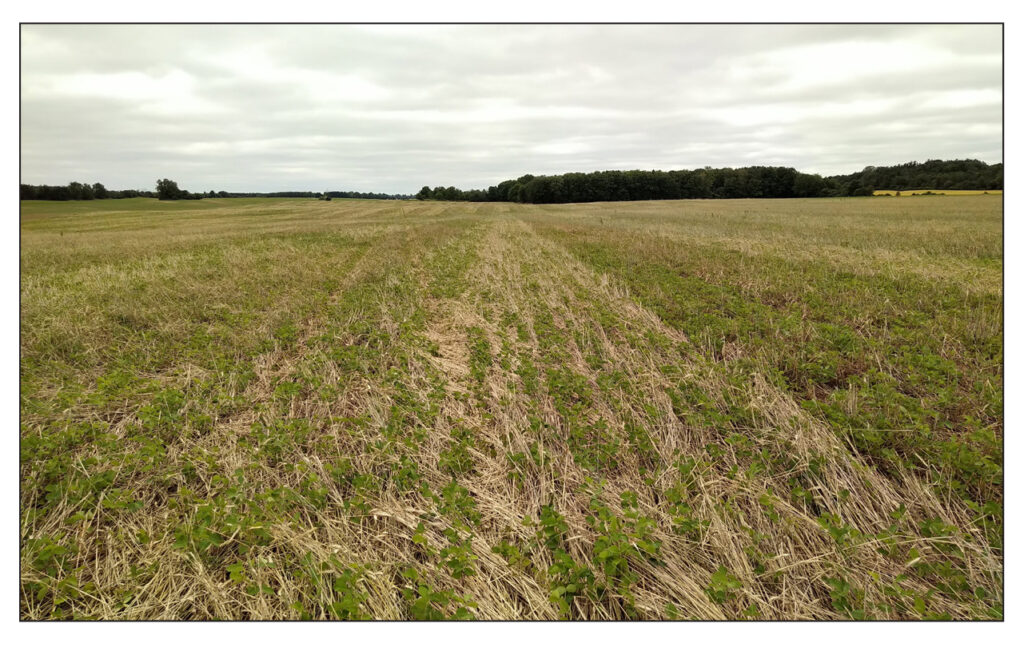
“Good base fertility and planting the rye thick are key. Don’t go in with the assumption that it’s going to work the same way every year – be ready to alter your plans if needed.”
Project cooperator, Morris Van De Walle, St. Marys, Ontario
For more detailed information:
See the full-length article on Field Crop News or contact:
Jake Munroe
Soil Management Specialist (Field Crops)
Ontario Ministry of Agriculture, Food and Rural Affairs
jake.munroe@ontario.ca
www.fieldcropnews.com


This project was funded in part by the Ontario Ministry of Agriculture, Food and Rural Affairs through the Canadian Agricultural Partnership, a five-year federal-provincial-territorial initiative.
The views expressed in the publication are the views of the Recipient and do not necessarily reflect those of the Province or Canada.